The month has been pretty slow as far as backhoe work, and the rush I put on last month during a dryer period was well timed and made a few critical additions to keep further possible flooding under control.
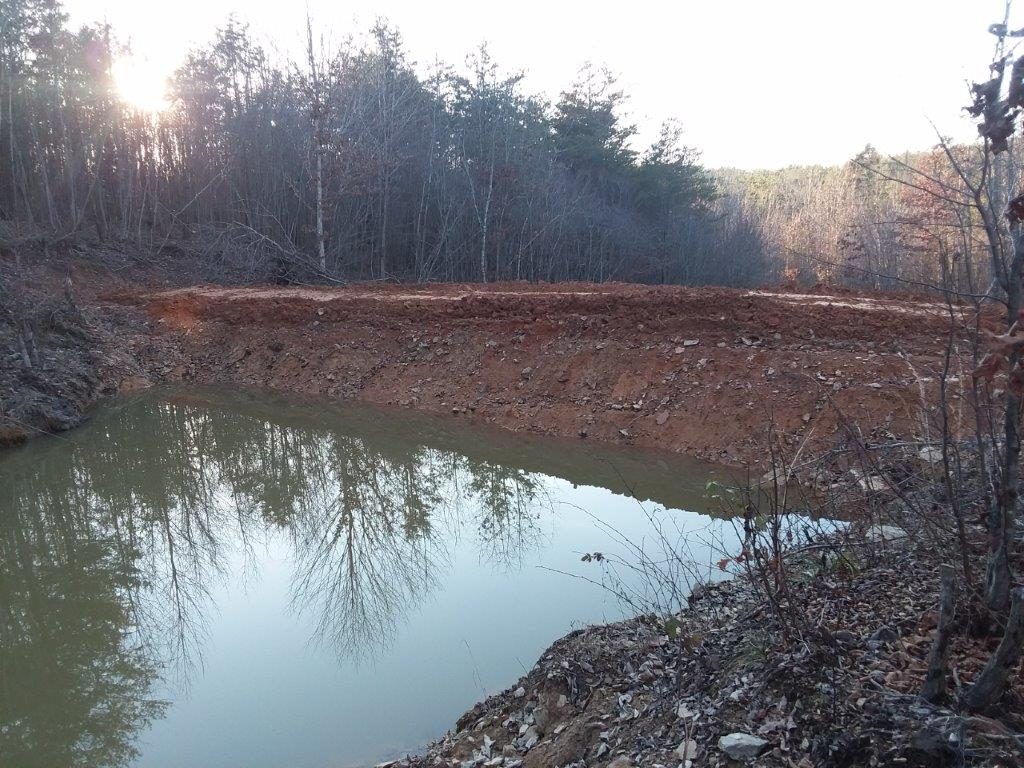
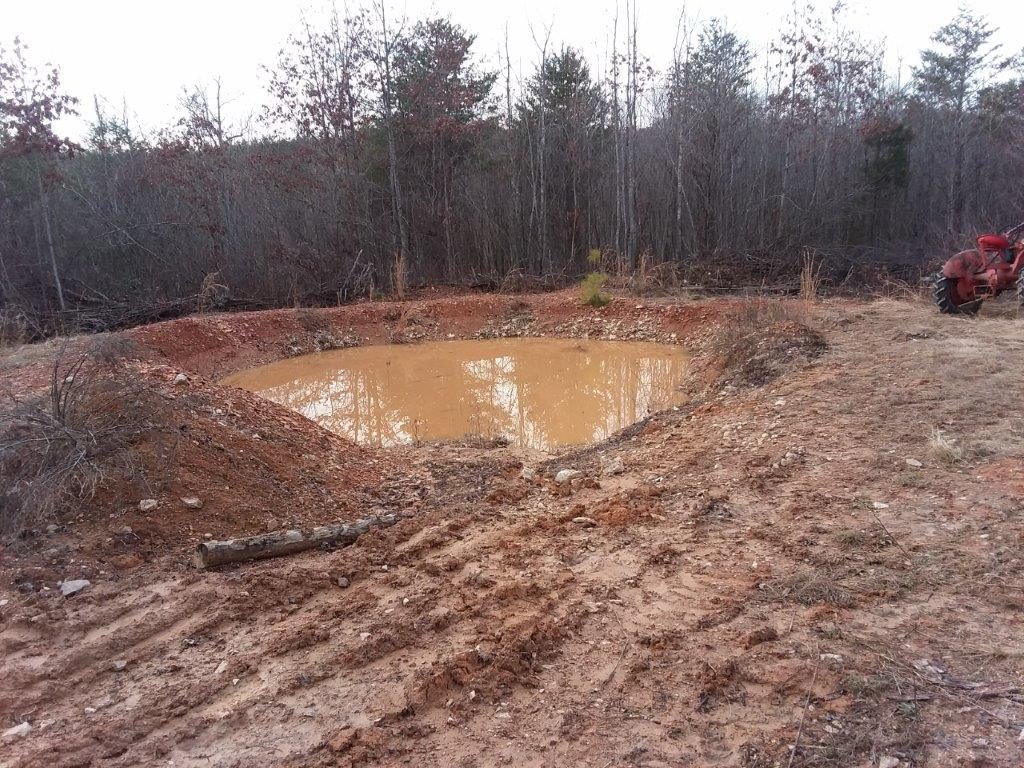
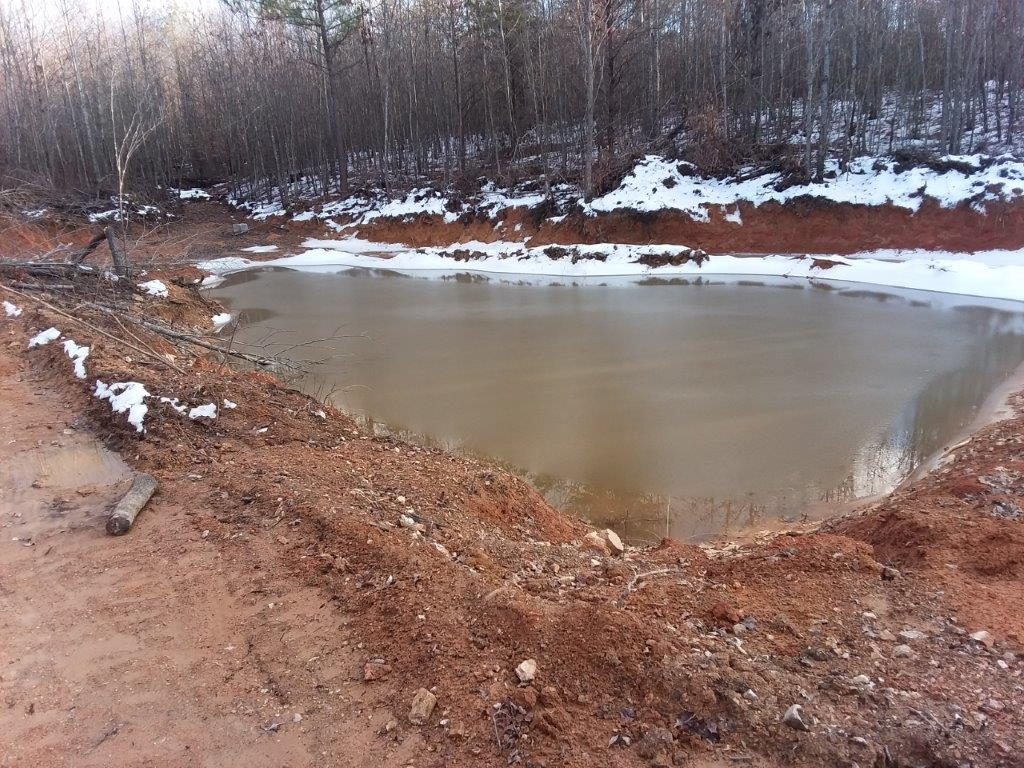
Mostly though this month has had more moderate rainfall,and the main work started was installation of a larger drain in the upper dam. At first it was quite piecemeal, with the pipe only half way through the dam. This allowed the pipe to be put in below the water level at the time and then digging out the couple feet that remained allowed the water to flow to the drain pipe.
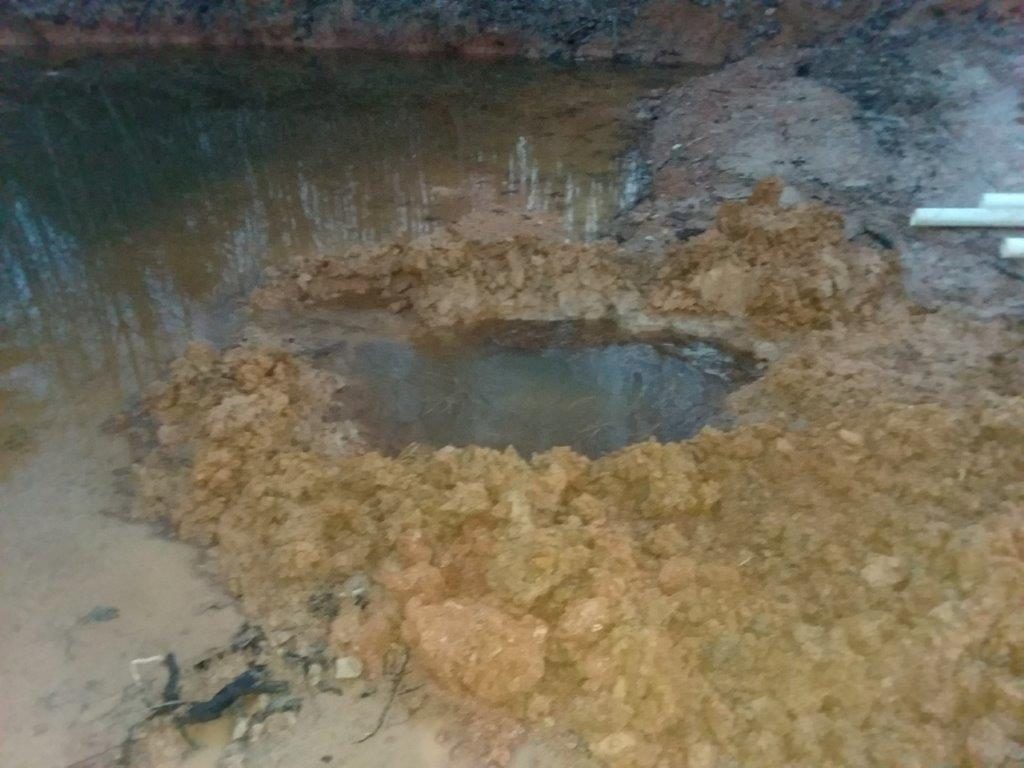
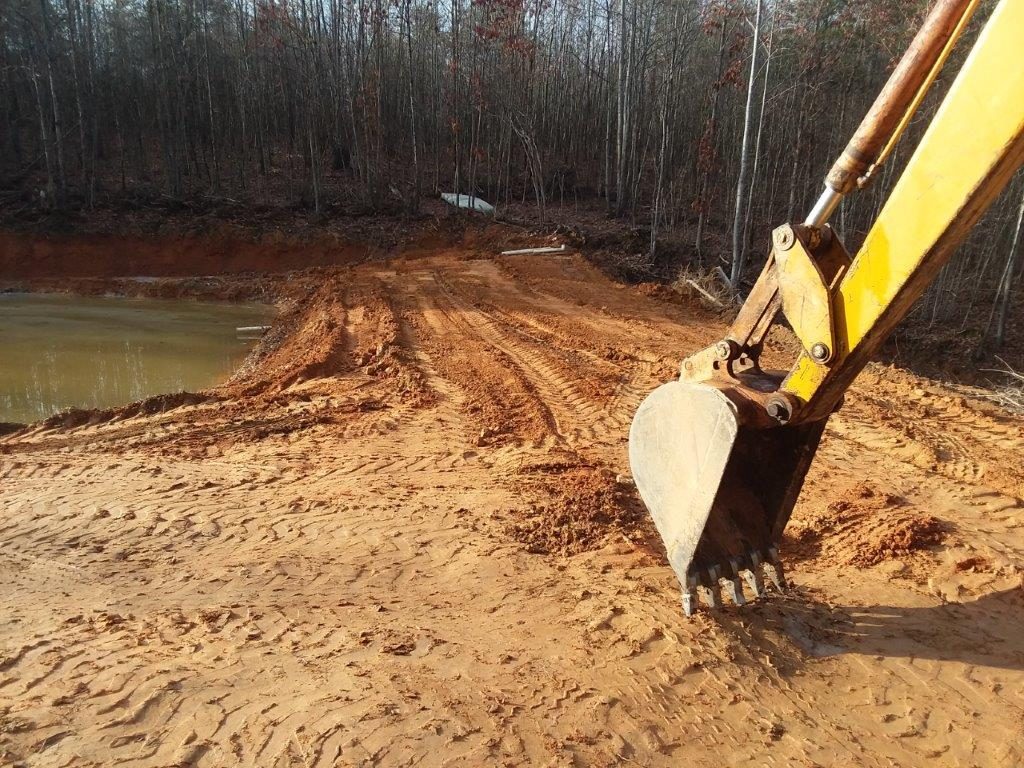
With the water level brought down substantially by the 3 inch temporary drain, lower rainfall and continuous running of the existing 1 inch pipe drain got the water level down much further. Finally this week the top of the dam had dried enough to do a proper installation of the drain pipe at an even lower level. At present I need the pond to stay at least down to this level, but when all the excavation is completed there will be a stand pipe placed on the drain regulating the water level at whatever is desired.
January also saw the chipper back in action,and more work cleaning the back of the pond of debris is needed so more clean clay can be excavated for the dam wall. The wood chips will also come in handy for mulch projects.
The lower water level will dry out the access routes on both sides of the dam, but it is likely that regardless of rainfall, the final dam height will not be reached until July or August simply because of soil saturation and the time it will take to dry everything out really well.
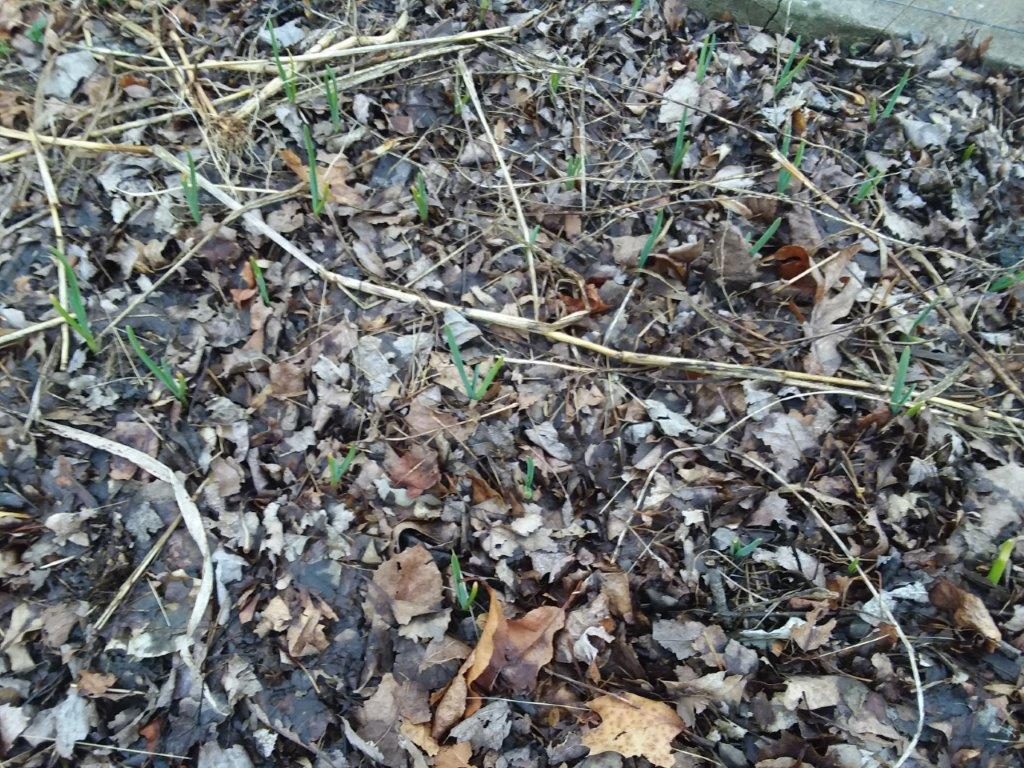
The garlic is doing well in the garden, these new plants are a calculated upgrade to what had been planted in other years which I got from the local farmer’s market. the technique was simple, clean the soil, pulling really big taproots and wire grass. Then a layer of cardboard, punching a hole for each clove, setting them in place, and then covering them with about three to four inches of grass and leaves finely chopped with the lawnmower.
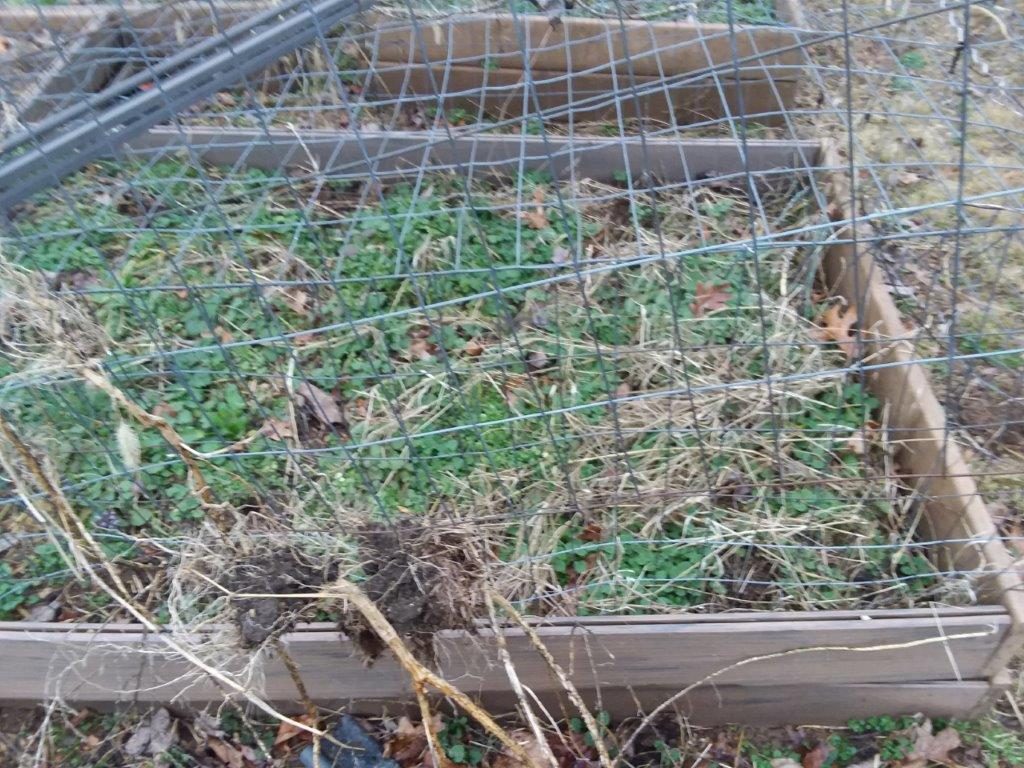
Other beds need some serious attention, grass invaded most of the strawberries, and the underground runners make it tough to weed, so very soon I will be going through making a hard choice of sacrificing everything to a deep cardboard/newspaper mulch, followed by pine needles, and new plants set in a handful of fresh soil within the pine needles. I may also opt for some drip lines under the mulch.
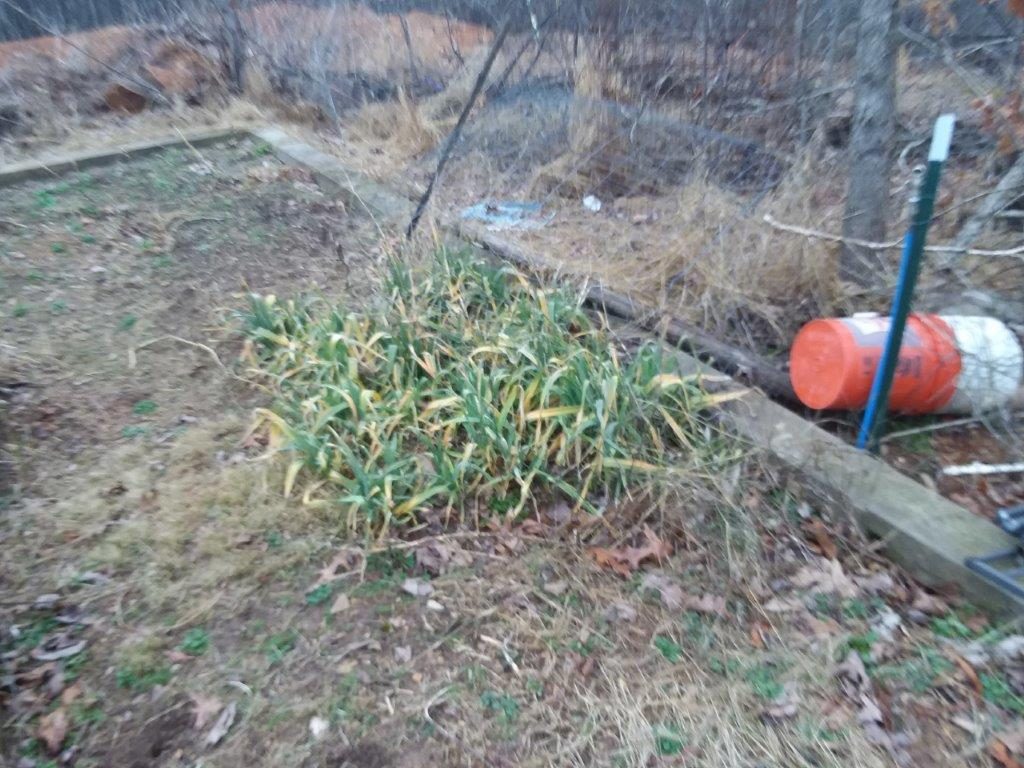
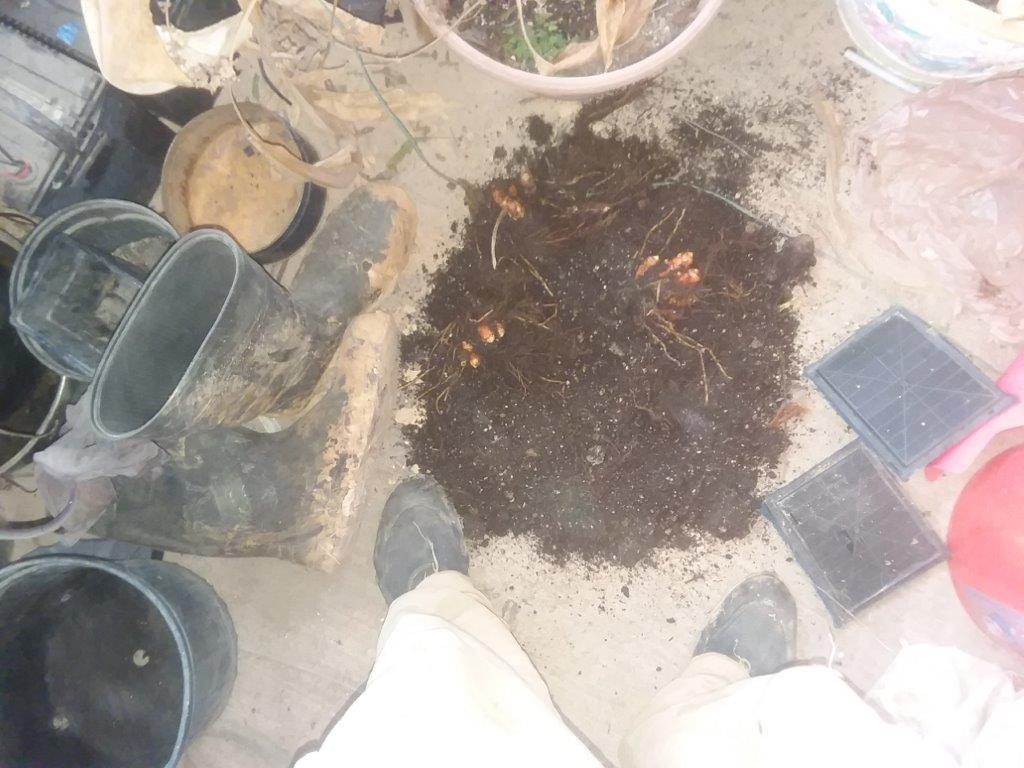
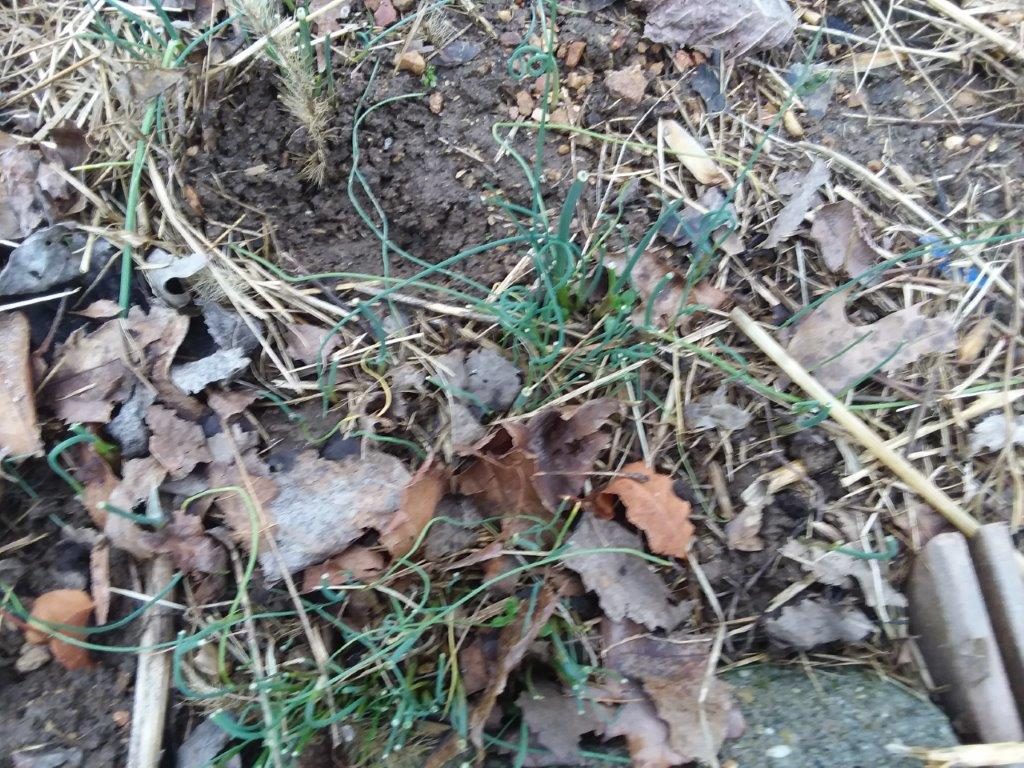
The small Koi I bought in the fall have done quite well inside this winter. I set up a separate solar panel and a couple batteries to keep a small filter going, and gradually I’m getting them to be a bit bolder coming up for food. The goal is to train them to take food from my hand.
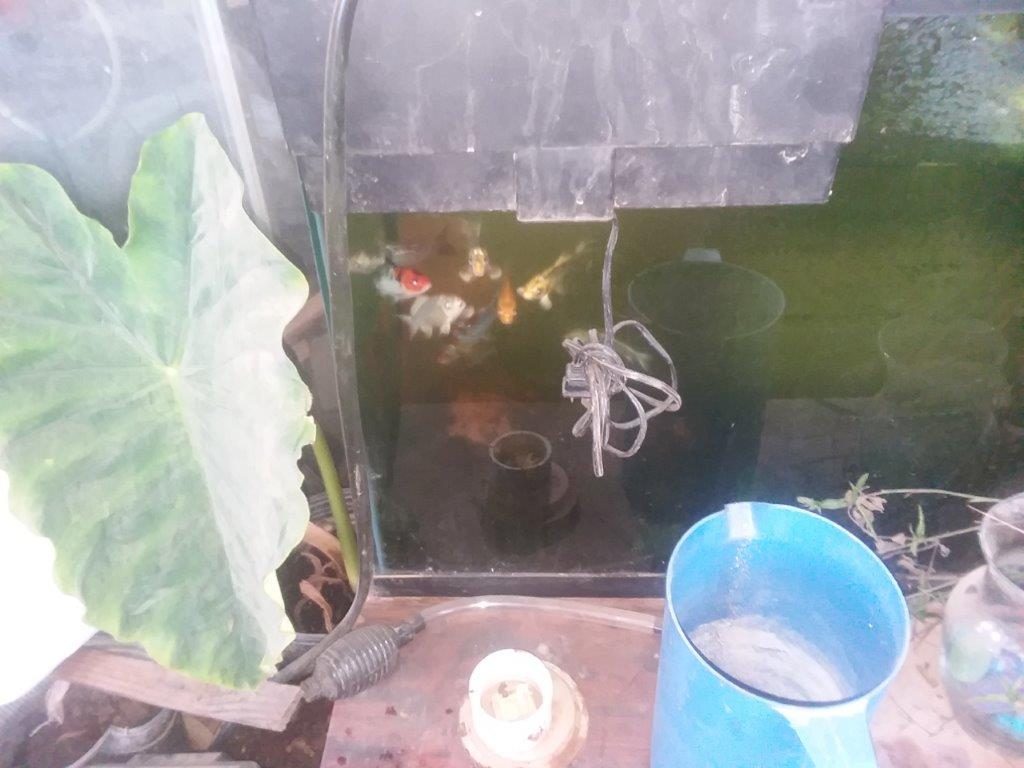
This of course takes the idea of a Koi pond out of the realm of a possibility into the world of necessity. And the more I think about it, the more likely it will become an extension of the pond at the corner of the kitchen garden. But of course much bigger and fancier than the existing small pond.
It will eventually be fed from part of the house roof drain, so that should be one of the cleaner sources of water. And of course it will be much closer to the house, where I can keep my eye on it. It’s tough to think about herons bothering goldfish, but even more difficult to think about them eating an expensive Koi.
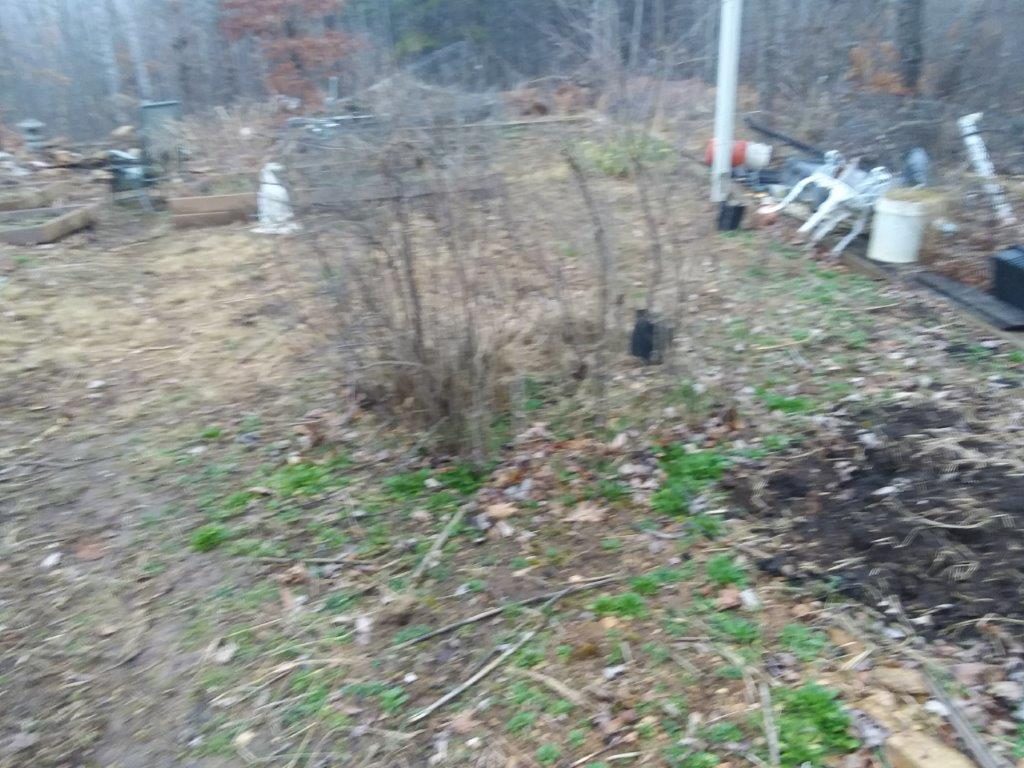
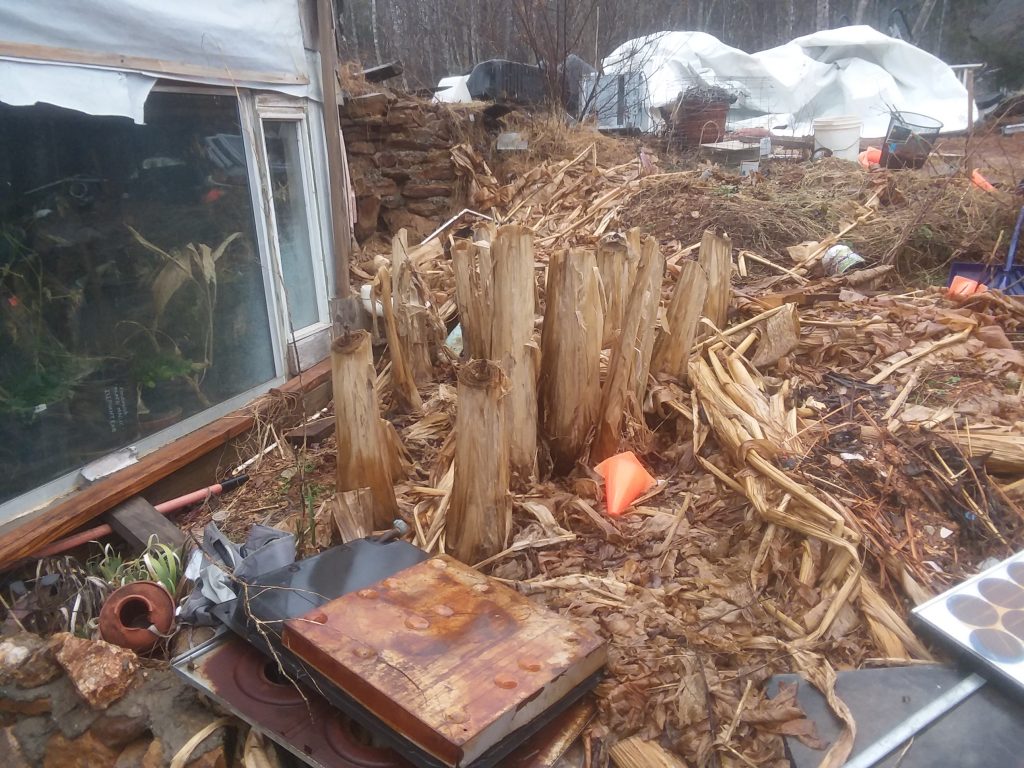
There are other changes planned for the spring, moving the banana plants away from the house, relocating a rose bush/clump that has taken over too much of the garden, along with a cherry tree that dove down into the soil there and to lift the pot it was in would likely kill the tree.
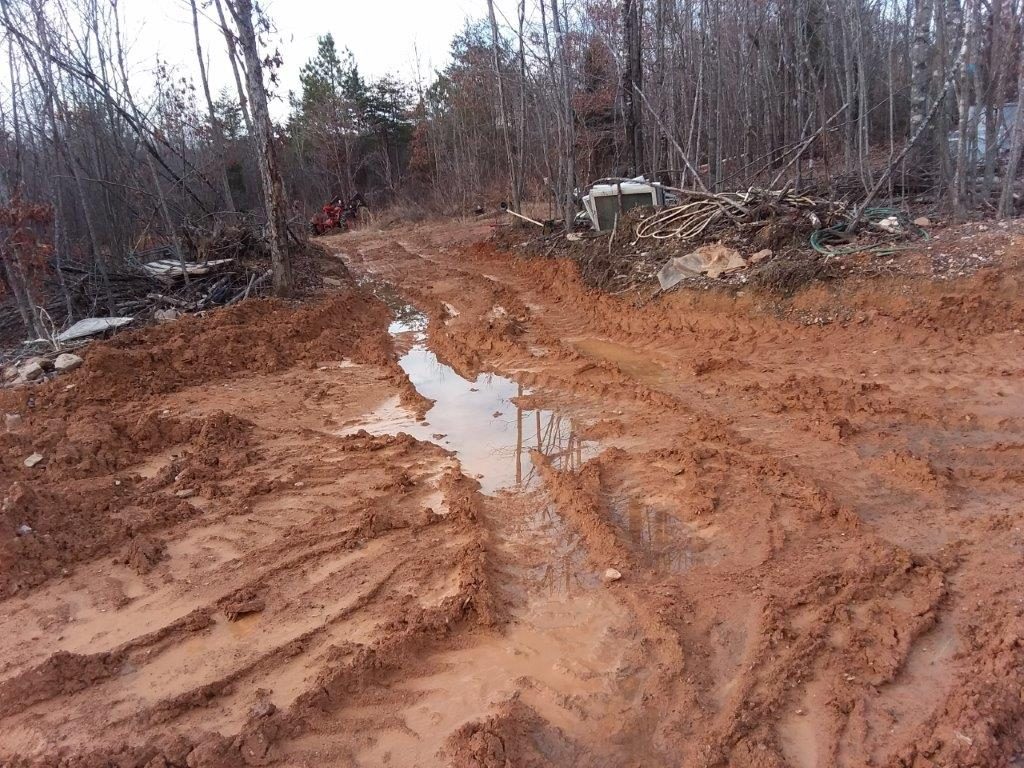
Swales to build, and trees to order and plant. I’m currently thinking about hundreds of whips,- willow, locust,plum, hawthorne, mulberry, and many others.
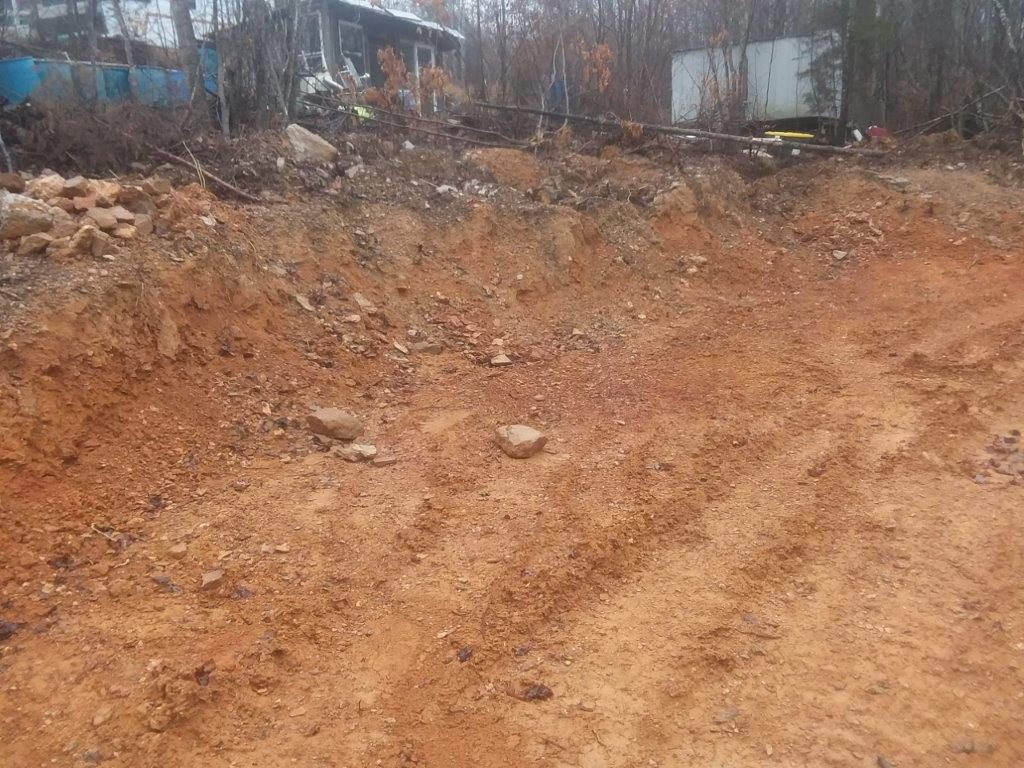
Down below the lower greenhouse is an area in front of a cut I made in the bank to get material for the middle pond. That area seems a likely place for a micro climate for the many figs I currently have in pots moving in and out of that greenhouse .